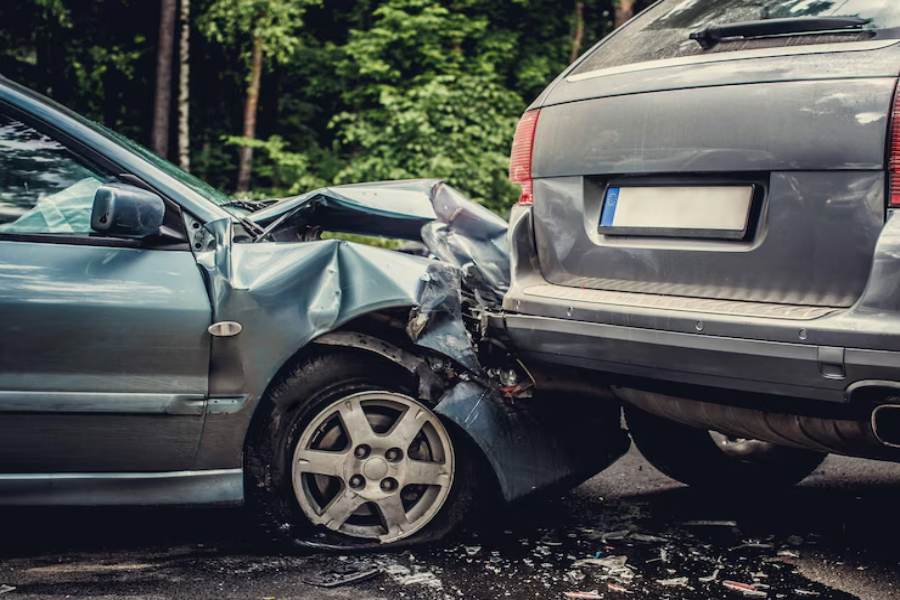Multi-vehicle crashes, frequently caused by chain-reaction accidents on highways or during adverse weather, result in destructive consequences. The route to receiving compensation is significantly more complicated than in typical two-vehicle accidents. This is especially true for injured passengers looking to secure fair compensation. Here are three essential legal principles passengers must know.
Establishing Liability in Chain Reactions
Establishing responsibility in multi-vehicle accidents requires examining the role of each driver’s behavior in the chain of collisions. In contrast to simple accidents, fault is frequently divided among several parties. Investigators examine factors such as which driver initiated the collision through speeding or distraction. They also look at whether subsequent drivers followed too closely or failed to brake appropriately. They also consider whether road hazards like ice or fog were negligently managed.
You hold a significant legal advantage as an injured passenger and can be assigned fault. This allows you to pursue claims against any driver whose negligence contributed to your injuries. This is regardless of whether the vehicle you occupied was partially responsible. Success heavily relies on documentation such as police reports and dashcam videos. Accounts from witnesses are also utilized to precisely reconstruct the event.
Navigating Comparative Negligence and Full Compensation
Most states apply “comparative negligence” rules to multi-vehicle wrecks. This means compensation is divided according to each at-fault party’s degree of responsibility. As a passenger, your recovery isn’t reduced by others’ negligence. You can seek 100% compensation from the combined insurance policies of all liable drivers.
Recoverable damages encompass financial losses such as present and future medical costs. Wages lost and rehabilitation expenses are also taken into account. Compensation is also provided for non-economic losses like pain and suffering, emotional anguish, and reduced quality of life. Insurance adjusters frequently undervalue these intangible damages. An experienced car wreck lawyer attorney becomes indispensable here, using medical documentation and expert testimony to ensure insurers fully account for your physical impairment, lost earning capacity, and long-term trauma.
Overcoming Multi-Insurer Challenges and Deadlines
The confusion of multi-car collisions requires expert understanding of accident analysis, insurance strategies, and assessment of injuries. Pileups require managing claims with various insurance providers, each focusing on its own financial goals.
Adjusters may deliberately delay your claim while disputing liability with other insurers. They can pressure you into accepting premature low settlements before the full extent of injuries is known. They may even refuse coverage if other claimants have depleted the driver’s policy limits.
Legal deadlines (statutes of limitation) usually require a lawsuit to be filed within one to three years. Proficient legal advocacy handles interactions with all insurance companies. They negotiate strategically to access maximum coverage across policies. Your attorney can identify alternative sources, like your own uninsured motorist coverage, if the at-fault drivers’ limits are insufficient. Legal professionals investigate thoroughly, identify all liable parties, and document chronic injuries. They fight for comprehensive compensation, freeing you to focus on recovery.
Endnote
A multi-vehicle crash leads to tangled liability disputes and insurer pushback. As a passenger, you’re entitled to full compensation. However, claiming it means proving negligence, rejecting low offers, and meeting tight deadlines. While the process is complex, you’re not at fault. The law protects your right to recover all losses. Every responsible party can be held accountable with the support of skilled legal counsel, helping you rebuild after a serious injury.


